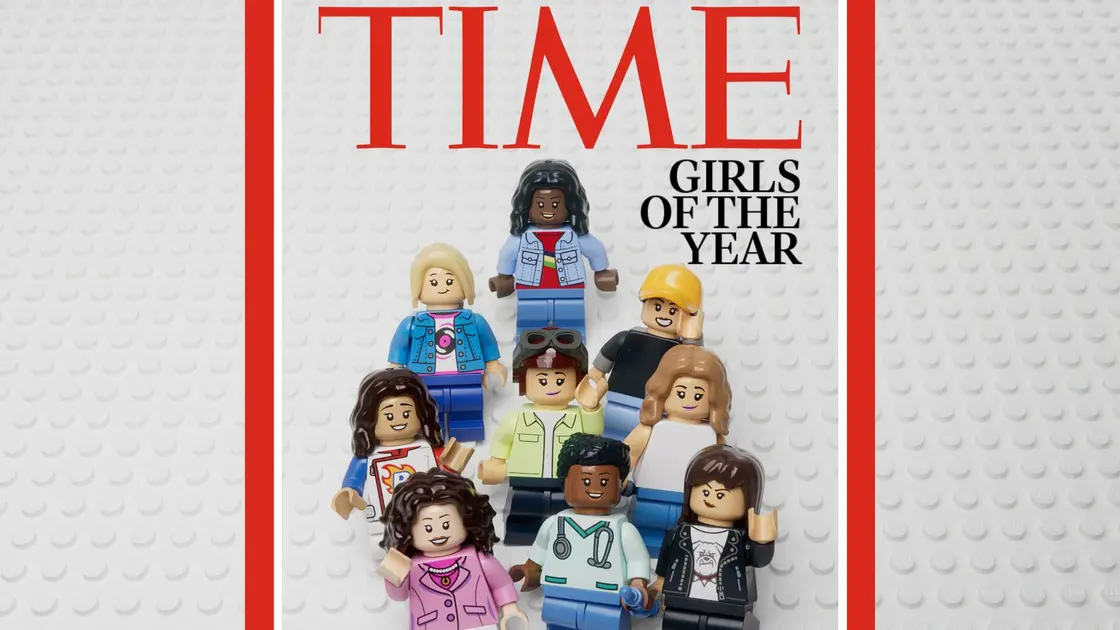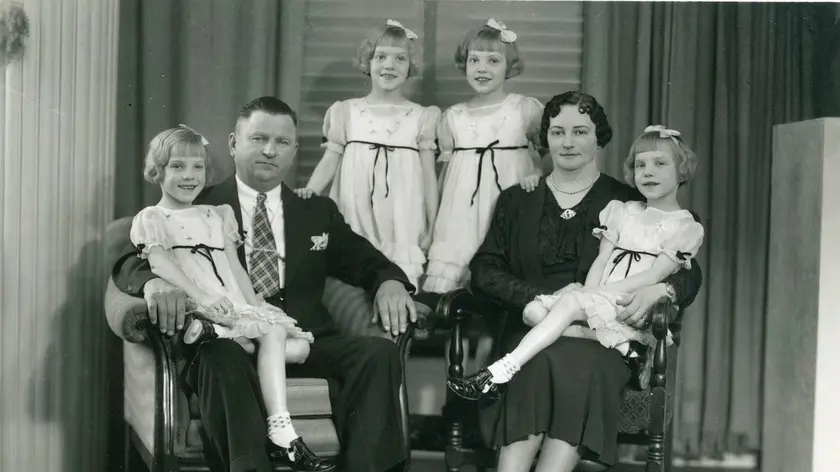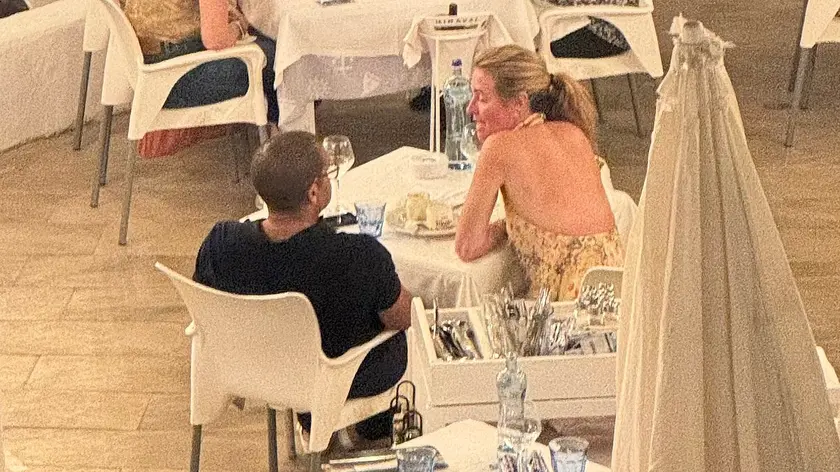T4K3.news
Time Girls of the Year coverage
Time highlights Rebecca Young and nine other girls as young leaders in communities around the world.

Rebecca Young, 12, is named on Time magazine’s first Girls of the Year list for a solar powered backpack with an electric blanket to help homeless people.
Glasgow pupil earns Time Girls of the Year recognition for solar powered backpack
Rebecca Young, 12, of Kelvinside Academy in Glasgow, designed a solar powered backpack with an electric blanket to aid people sleeping rough in freezing conditions. She first conceived the idea at age 11 and has seen about 30 blankets manufactured and distributed to a Glasgow homeless shelter, with plans for more. The project helped her win a UK engineering award and she has been named on Time magazine’s first Girls of the Year list alongside nine other young leaders. The edition features a limited run of animated Lego minifigures inspired by the winners.
Time chief executive Jessica Sibley described the list as recognizing girls shaping communities with courage and purpose, while Lego Group chief product and marketing officer Julia Goldin noted that when girls do not see themselves as builders, the world misses out on future breakthroughs. A Lego study across 21 countries found that 70% of young women struggle to see themselves as capable builders, and many attribute major inventions to men, even for technologies like wifi and the Moon landing software.
Key Takeaways
"it's cool and very unexpected"
Rebecca’s reaction to being named on Time's Girls of the Year list
"I'm honoured by the fact they wanted to include me on their Girls of the Year list and hope other kids see it and decide to do their part in helping people."
Rebecca’s full statement about the recognition
"There's no stopping what girls can build."
Julia Goldin on girls' potential in building and invention
"The list features girls aged between 12 and 17 who are shaping their communities with courage and purpose."
Jessica Sibley on the purpose of the list
Rebecca's story sits at the intersection of grassroots innovation and media celebration. It shows how a school project can become a symbol of progress, but also raises questions about how to sustain impact beyond a single success and whether media lists can spark long term change rather than just attention.
Like all such profiles, it relies on corporate backers and a prepared narrative. The Lego-Time collaboration highlights a broader push to encourage girls in STEM, but the numbers in the Lego study reveal a stubborn gap in confidence and perception. The real test will be whether schools, mentors, and funders turn these sparks into ongoing opportunities for girls to lead engineering efforts.
Highlights
- Tiny idea big impact
- Girls build tomorrow when given a platform
- Dream big then turn it into tools
- Innovation starts with curiosity in every child
Gender bias and public reaction risk
The story intersects with ongoing debates about how society values girls in STEM and the risk of over-emphasizing a single success. It also touches on how corporate campaigns shape youth narratives, raising questions about scale, sustainability, and potential backlash.
The story invites more classrooms to imagine real change.
Enjoyed this? Let your friends know!
Related News

Morlok Quads Case Revisited

Shannon Matthews case revisited after 2008 hoax and new documentary

Savannah Blackstock mourns father and confirms pregnancy

Update on Schofield and Willoughby

Family still seeks answers in Georgina Gharsallah's disappearance

Katherine Ryan addressed past remarks
Documentary Investigates Iconic Vietnam Photo Controversy

Cat Deeley seen in Spain after split
